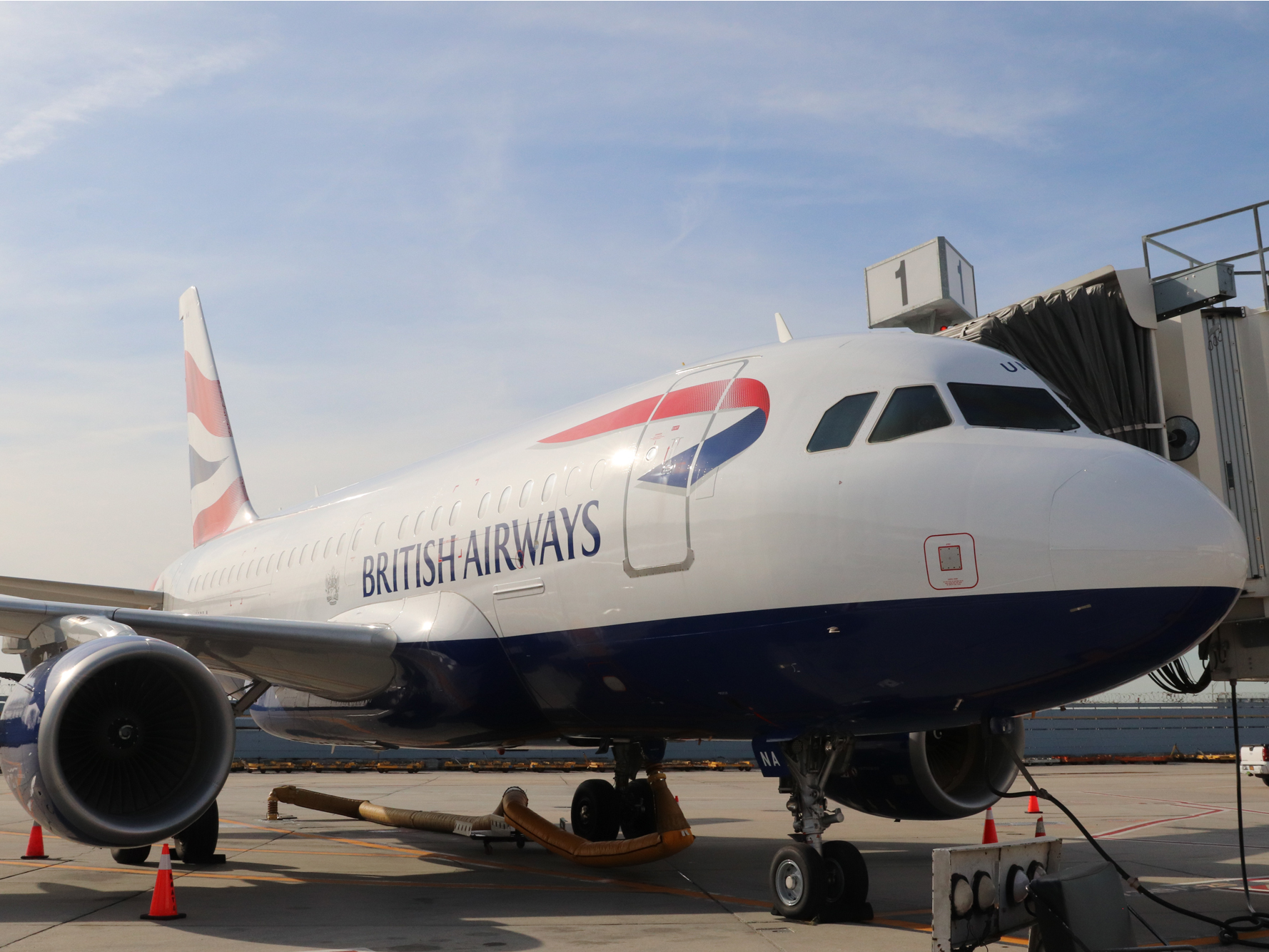- The International Airlines Group announced a proposal that may see employees at flagship subsidiary British Airways reduced by up to 12,000.
- The group saw losses of 13% in the first quarter this year with second-quarter losses expected to be even more drastic.
- Air travel is not expected to return to 2019 levels for years, according to Chief Financial Officer Stephen Gunning.
- Visit Business Insider’s homepage for more stories.
British Airways’ parent company International Airlines Group is proposing a new employment structure for the flag carrier that seeks to permanently reduce the number of its employees by up to 12,000.
In announcing its decision, the group cited its March losses as travel restrictions beyond China began to set in and customers changed or canceled flights en masse, with demand not expected to return for years, Chief Financial Officer Stephen Gunning said in a letter to stock exchanges in Madrid and London.
“In light of the impact of COVID-19 on current operations and the expectation that the recovery of passenger demand to 2019 levels will take several years, British Airways is formally notifying its trade unions about a proposed restructuring and redundancy programme,” Gunning said. “The proposals remain subject to consultation but it is likely that they will affect most of British Airways’ employees and may result in the redundancy of up to 12,000 of them.” British Airways, so far, has limited its employee-redundancy efforts to furloughs during the downturn, with nearly 23,000 of its staff on leave for the month of April. It’s also the largest in the multinational airline group that also includes flag carriers Aer Lingus and Iberia.
First-quarter results for the group saw revenue drop by 13%, bringing in 4.6 billion euros as opposed to 5.3 billion euros the year prior. British Airways accounted for the greatest losses out of the group’s airlines.
Second-quarter losses, however, are expected to be worse as the pandemic continues and vacationers reconsider summer travel plans, traditionally a peak travel time for leisure customers.

